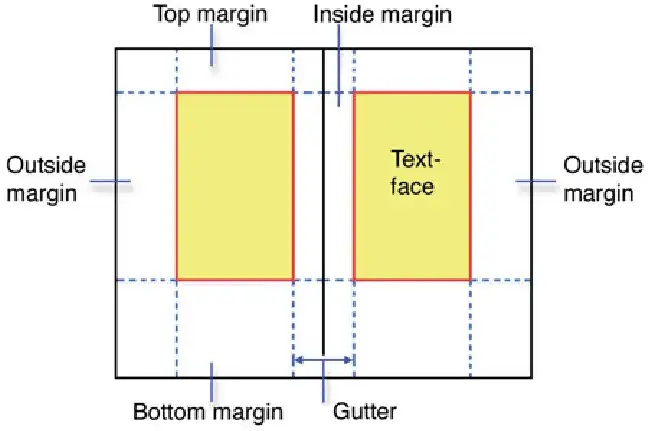Konark Surya Mandir
Of all the places to visit in Orissa, there is one place in particular that stands out the most. Whenever you are visiting Orissa, this is the one place that everyone will recommend visiting to experience its grandeur and enormity. It’s the Konark Sun Temple or Konark Surya Mandir. Located in the eponymous village of Konark, 35 km from Puri, it is the remains of a temple that was constructed in the 13th century. If you are visiting Orissa, Konark Sun Temple is a place that you must visit. If you don’t, then your trip to Odisha will stay incomplete. Konark Sun Temple is a UNESCO World Heritage Site and has a cultural relevance even in the 21st century. To explain this better, let’s know about its history, architecture, and why it is so revered: -
1. History
The name Konark is made of two Sanskrit words: Kona, meaning corner, and arka, meaning sun. The town gets its name from its geographical location which makes it look like the sun rises at an angle.
The history of Konark Sun Temple and sun worship goes as far back as the 19th century BC. The Konark Sun Temple, however, was built in the 13th century. The historic region of Kalinga which comprises major parts of modern-day Odisha and several parts of Chhatisgarh, Andhra Pradesh, and West Bengal, was ruled by the rulers of the Eastern Ganga Dynasty from 5th Century AD to 15th Century AD. It was one of the most powerful dynasties in India which gave existence to majestic temples like Konark Sun Temple and Puri Jagannath Temple.
The Konark Temple was built by King Narasimha Deva I in 1244 to worship Surya, the Sun God. Konark was chosen as its place of construction because it has been described as the holy seat of Surya in various ancient texts.
2. Significance
Many Hindu scriptures mention Konark as an important place for worshipping the sun. There’s one that says Konark was the place where the first Sun temple was constructed. Samba Purana, an ancient text dedicated to Surya, tells the legend of how Samba, son of Lord Krishna, built the temple to worship the sun. It is believed that worshipping the sun was started by Samba. As the legend goes, Samba built a sun temple in the 19th Century BC at the end of his 12-year long worship of the Sun at Maitryeavana. This worship cured him of leprosy that he was suffering from.
3. Early References
In his book “The Sun Temple Konark” (1986), author Balram Mishra lists down several legends that led Narsimha Deva to build a sun temple in Konark. One of them states that King Anangabhima Deva worshipped Surya, the result of which was a longed-for son in the family whom he named Narasimha Deva. King Narasimha built the temple as an act of gratitude to Surya. Another legend, a copper plate inscription of Narsimha Deva II (The Konark Sun Temple was built by Narasimha Deva I)in 1295 AD mentions that Narsimha Deva I fulfilled the promise of his father to expand the Jagannath Temple in Puri, which was built by King Anantavarman Chodaganga.
As a ruler, Narsimha Deva I was a powerful monarch and he defended his kingdom against the army of Tughral Tughran Khan from the Mamluk Dynasty in the 13th century. In 1244 AD, Narsimha Deva I defeated Tughan Khan’s army in the province of Varendra (which is now in Bangladesh) and Rarh (a region between Ganga Delta and the Chhota Nagpur Plateau).
4. Architecture
The inside of Konark Temple is as glorious and magnificent as it is made to be. Its architecture has all the defining elements of the Kalinga architecture - it includes Shikhara (crown), Jagmohana (audience hall), Natmandir (dance hall), and Vimana (tower). Several legends mention that the architecture of the Konark Surya Mandir is so accurate and intricate that the day’s first light fell on the image of Surya in the sanctum sanctorum of the temple, known as the Garbha Griha.
5. Depth of Information Through Design
The Konark Sun Temple is built in the form of a mammoth chariot that Surya rode. It is said that Surya rode across the sky on his chariot pulled by 7 horses. The platform of Konark is engraved with 24 wheels of the chariot. The numbers 7 and 24 hold a lot of significance.
Some say that the 7 horses represent the 7 days of the week, while others say that 7 horses represent the 7 components of white light that we know as the VIBGYOR. Number 7 is said to be a magical number because it’s present all around us, spiritually, historically, and materialistically. For instance, in Hindu weddings, the bride and groom take 7 rounds of Agni, the Fire God; the periodic table has elements in the groups of 7; an octave as 7 musical notes, and so on. So, the 7 horses may just represent the magical number that surrounds us.
The number 24 represents the 24 fortnights in a year and also the 24 hours of the day, something that Ashok Chakra in the centre of the Indian flag also represents.
6. Magnificence Personified
Besides the horses and wheels at Konark, you can also view the gorgeous and intricately carved reliefs of dancers, musicians, animals, and some erotic figures on the plinth of the temple. The entirety of the chariot has carved images of cult icons, and gods and goddesses. The exquisite detail of the temple can only be seen when standing right in front of it. The walls also have carvings of the daily life of the members of the Natmandir.
The chariot of the Konark Sun Temple is 100-feet high. But what you see of the temple is what remains of it. Next to the chariot was once a 200-feet high Shikhara. Much of the temple’s complex has been destroyed over the years due to unknown reasons and this is what remains of it. Since the temple shows its glory even in the ruins of what it is now, it would have been a thousand times beautiful at its peak when King Narsimha Deva originally built the temple.
7. When should you visit the Konark Sun Temple?
Here’s the key bit of information about the Konark Sun Temple which is a UNESCO World Heritage site. Konark is a coastal town which means that the best time to visit it during the winters; the weather is pleasant during that time i.e. between September and March. Summer, however, should be avoided because the town can get hot and humid. And if you want to spend your time noticing the intricacies of the carvings on the chariot, standing out in the sun all day long can be exhausting. Pleasant weather will ensure that you don’t exhaust yourself by simply walking.
As for the timings, the Konark Sun Temple is open from 6 am to 10 pm. Since it’s a temple dedicated to Surya, the best time to visit is in the morning itself. That’s when you see the temple in its glory as it was intended to be.


































